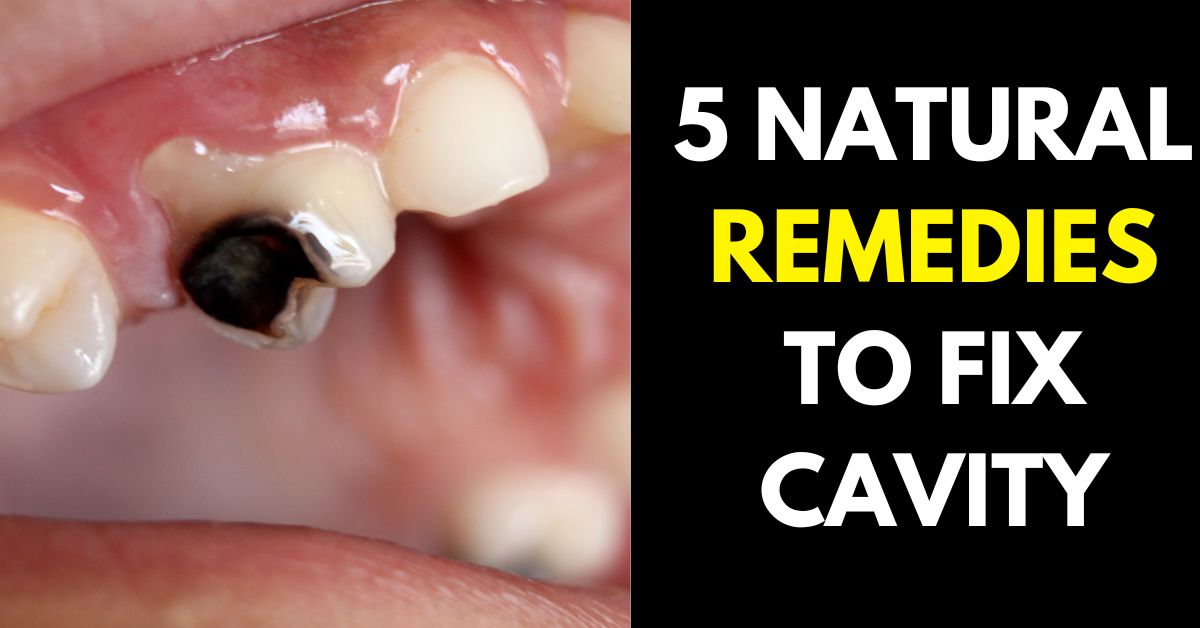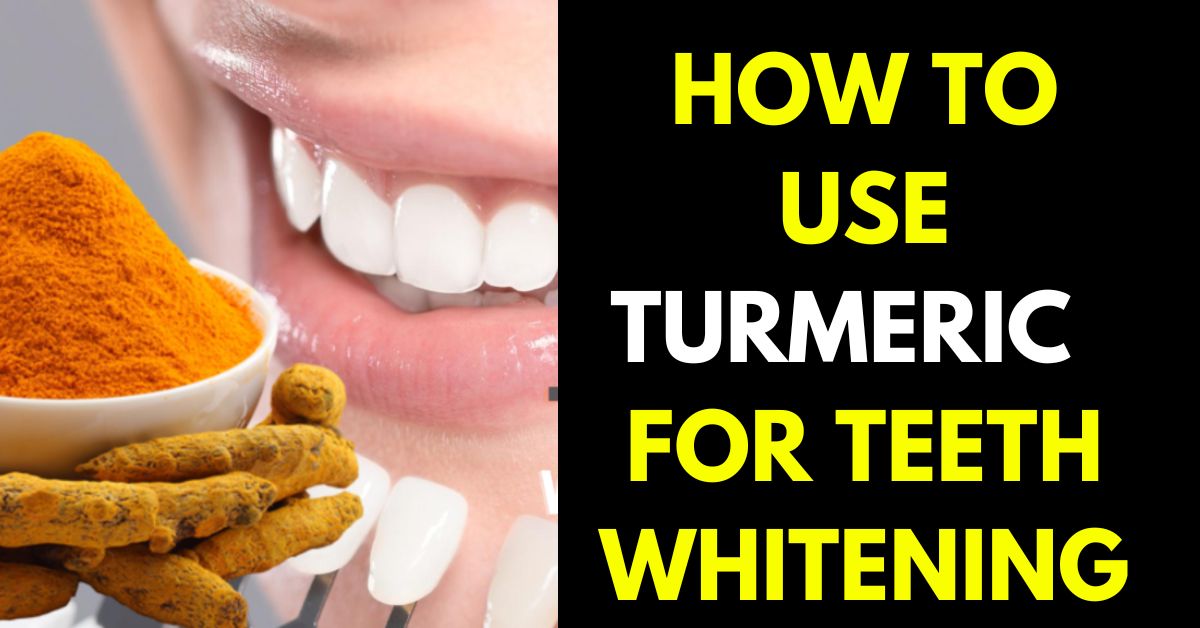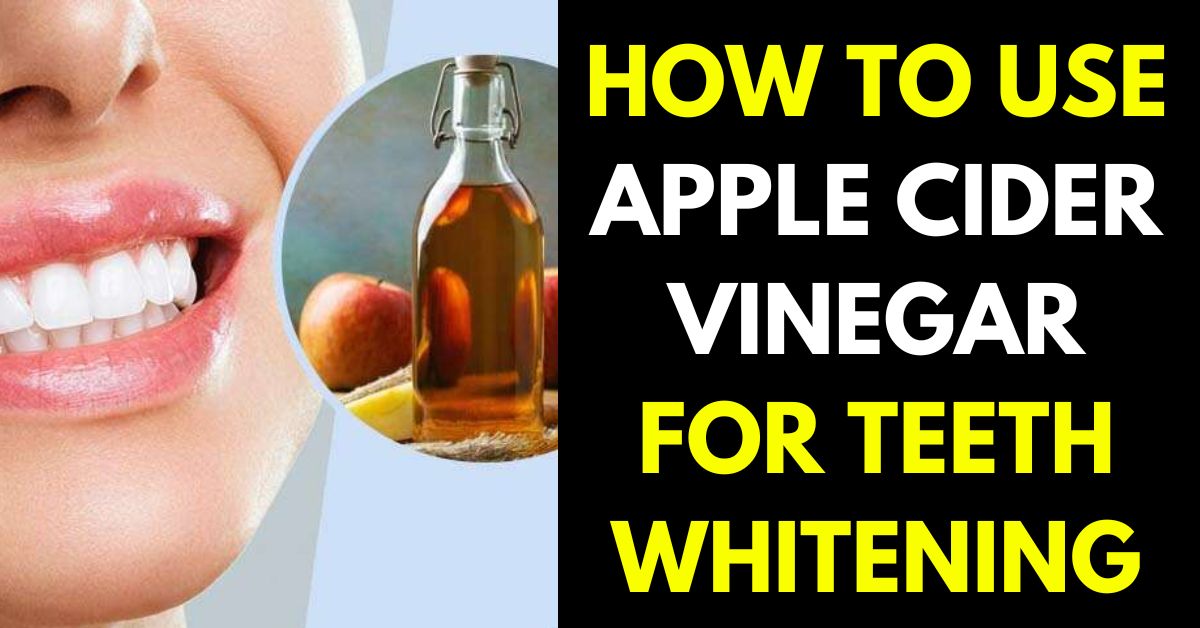Having perfect teeth is a goal that many of us strive for, but what exactly do perfect teeth look like? Is it all about having a straight, white smile, or is there more to it than that?
In this blog post, we’ll take a closer look at what makes for perfect teeth, and explore some of the ways you can achieve your own perfect smile.
Whether you’re looking to straighten your teeth, whiten them, or fix any other issues, we’ve got you covered with practical tips and advice for getting the perfect teeth you’ve always wanted. Keep reading to learn more!
What Do Perfect Teeth Look Like?
Perfect teeth are often depicted as a row of sparkling white, straight teeth that are all the same size and shape.
However, in reality, there is no such thing as a “perfect” smile that applies to everyone. Instead, what matters most is that your teeth are healthy and look good in proportion to the rest of your face.
Some characteristics that are often associated with a healthy, beautiful smile include straight teeth, white teeth, and smooth teeth without chips or cracks. Good oral hygiene and regular visits to the dentist can help ensure that you have a stunning smile.
These characteristics may include:
- Straightness: Straight teeth are generally considered more attractive and are easier to clean and care for.
- Symmetry: Perfect teeth are often well-balanced and symmetrical, with the upper and lower teeth aligning properly when the mouth is closed.
- White color: A bright, white smile is often seen as a sign of good dental health and is highly desirable.
- Smoothness: Smooth teeth without chips, cracks, or other visible imperfections are generally considered more attractive.
- Proper alignment: Teeth that are properly aligned in the mouth, with a natural bite, are often seen as more attractive than teeth that are crowded or misaligned.
Again, these are general characteristics that are often associated with perfect teeth, but the ultimate definition of perfect teeth will depend on the individual.
How To Get The Perfect Teeth And Smile
If you want to have a perfect smile, there is no one-size-fits-all solution. Some simple habits that you can incorporate into your daily routine can help you achieve a healthier smile. However, in some cases, more significant treatments may be necessary to get the perfect teeth and smile you desire.
Some tips for getting a perfect smile include:
- TAKE CARE OF YOUR GUM: Gums can become inflamed or damaged if they are not properly cared for, which can lead to gum disease. Gum disease is an infection of the tissues that support your teeth, and it can cause your gums to become red, swollen, and prone to bleeding. If left untreated, gum disease can lead to tooth loss and other serious health problems.
- DO CHEW HARD OBJECTS: Chewing on hard objects, such as pens or bottle caps, can put unnecessary stress on your teeth, which can lead to micro-cracks or fractures in your tooth enamel. These micro-cracks can weaken your teeth and make them more prone to breaking or chipping. In addition, constantly chewing on hard objects can gradually shift your teeth out of position, leading to dental or bite problems such as malocclusion (improper bite).
- VISIT DENTIST: Visiting your dentist regularly is an important part of maintaining good oral health. During a dental check-up, your dentist or dental hygienist will examine your teeth, gums, and mouth for any problems or issues that need to be addressed. This can include checking for cavities, gum disease, and other oral health issues.
- AVOID CERTAIN FOODS: It’s best to limit your consumption of these items if you want to maintain a bright, white smile. Some common culprits include wine, coffee, tea, and dark-colored fruits and vegetables. These foods contain pigments that can adhere to your tooth enamel and cause staining.
- FLOSS AFTER BRUSHING: Flossing after you brush your teeth is an important part of maintaining good oral hygiene. Flossing helps to remove plaque and food particles that are stuck between your teeth and along the gumline, areas that a toothbrush can’t reach. If these substances are not removed, they can lead to tooth decay and gum disease.
- BRUSH AFTER EVERY MEAL: When you eat, food particles and bacteria can build up in your mouth, increasing the risk of tooth decay and gum disease. Brushing your teeth helps to remove these substances from your teeth and gums, which can help to prevent these problems. It’s best to brush your teeth twice a day, once in the morning and once before bed.
- USE MOUTH WASH: Mouthwash can help to reduce the number of bacteria in your mouth, which can help to prevent tooth decay and gum disease. It can also help to freshen your breath by neutralizing the odors caused by bacteria in your mouth.
- AVOID SMOKING: Smoking or using tobacco products can significantly damage your oral health. Tobacco use can cause your teeth to become yellow or brown in color due to the tar and other chemicals in the smoke. It can also cause bad breath, gum disease, and tooth loss. In addition, smoking or using tobacco products increases the risk of oral cancer, a type of cancer that affects the mouth, lips, tongue, and throat.
- DRINK PLENTY OF WATER: Drinking plenty of water can help rinse away food particles and bacteria from your mouth, which can help keep your teeth and gums healthy. Water also helps to keep your mouth hydrated, which can help prevent dry mouth, a condition that can increase the risk of tooth decay and gum disease.
- GET ENOUGH SLEEP: Lack of sleep and high levels of stress can have negative effects on your oral health, such as increasing the risk of gum disease and making it harder for your mouth to heal after dental procedures. It’s important to get enough rest and find ways to manage stress in order to maintain a healthy smile and overall health.
- PREVENT CAVIES BY USING FLUORIDE TOOTHPASTE: Toothpaste with fluoride can help to remineralize your tooth enamel, which is the hard, outer layer of your teeth. When your enamel is strong, it is less likely to be damaged by the acid that is produced by bacteria in your mouth. This can help to prevent cavities and maintain good oral health.
Final Words
In conclusion, there are several ways to achieve perfectly straight teeth. The most effective and long-lasting method is typically through orthodontic treatment, such as braces or clear aligners. Orthodontic treatment can help to straighten crooked teeth, correct bite problems, and improve the overall appearance of your smile.
However, it’s important to consult with a dental professional to determine the best treatment option for your needs and to ensure that your teeth are healthy enough for orthodontic treatment.
In addition to orthodontic treatment, practicing good oral hygiene, eating a healthy diet, and avoiding habits that can damage your teeth (such as chewing on hard objects) can also help to maintain straight teeth. By following these tips, you can achieve and maintain perfectly straight teeth and a healthy, beautiful smile.





